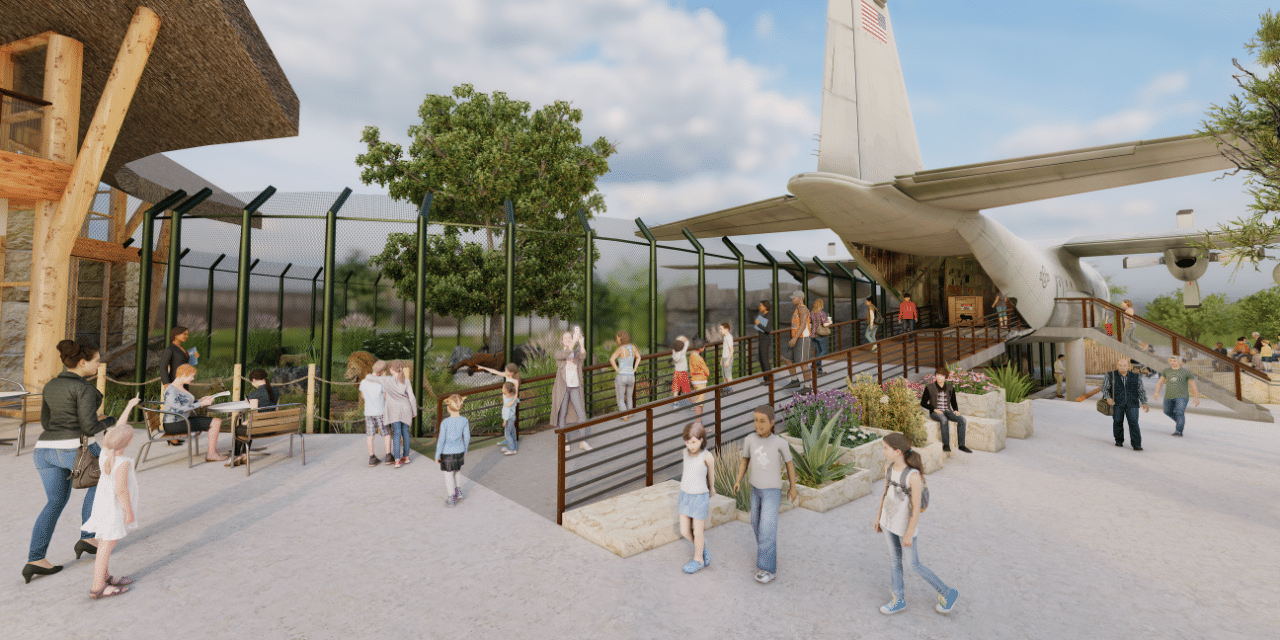-

- Blog
Parkhill Joins a Bold New Adventure at the Abilene Zoo -

- People
Parkhill Mourns the Passing of Dan Searight, AIA -

- Building Community
Parkhill Named Outstanding Business of the Year by Abilene Cultural Affairs Council -

- Company News
Parkhill Announces DeShawn Heusel as Director of Client Advocacy and Public Affairs -

- Company News
Parkhill Sustainability Leaders Honored With Top Recognition for Green Building Professionals -

- Company News
Parkhill Announces Five New Partners -

- Company News
Victoria Gerber Joins Parkhill as Senior Practice Leader in Solid Waste & Environmental -

- Media Mentions
Fermi Signs Agreement With Siemens, Hires Parkhill for Design -

- Company News
Parkhill Collaborates With Fermi America™ and Lee Lewis Construction to Build World’s Largest 11-Gigawatt Private AI Grid -

- Company News
Parkhill Names Jacquie Martinez, CM, as Regional Client Leader for New Mexico -

- Company News
Parkhill Projects Earn Stars of Distinction in Prestigious TASA/TASB Exhibit of School Architecture -

- Company News
Parkhill Welcomes James Cummings as Construction Phase Practice Leader
Subscribe
For media inquiries, contact [email protected].

